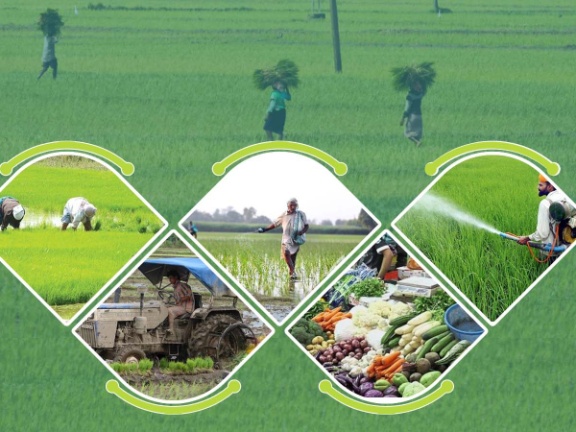Free Courses Sale ends Soon, Get It Now


Free Courses Sale ends Soon, Get It Now



Disclaimer: Copyright infringement not intended.
Context
About the SOIL Report
What is a Producer Organisation (PO)?
What is a “Farmers Producer Organisation” (FPO)?
About FPOs
Financial Support and other support to FPOs
Organizations
Performance of FPOs
Challenges
Finances
Final Thoughts and Way Ahead
Capacity Building
Availing Schemes
Addressing structural issues
Finances and Competency
Land Consolidation to benefit small and marginal farmers
© 2024 iasgyan. All right reserved